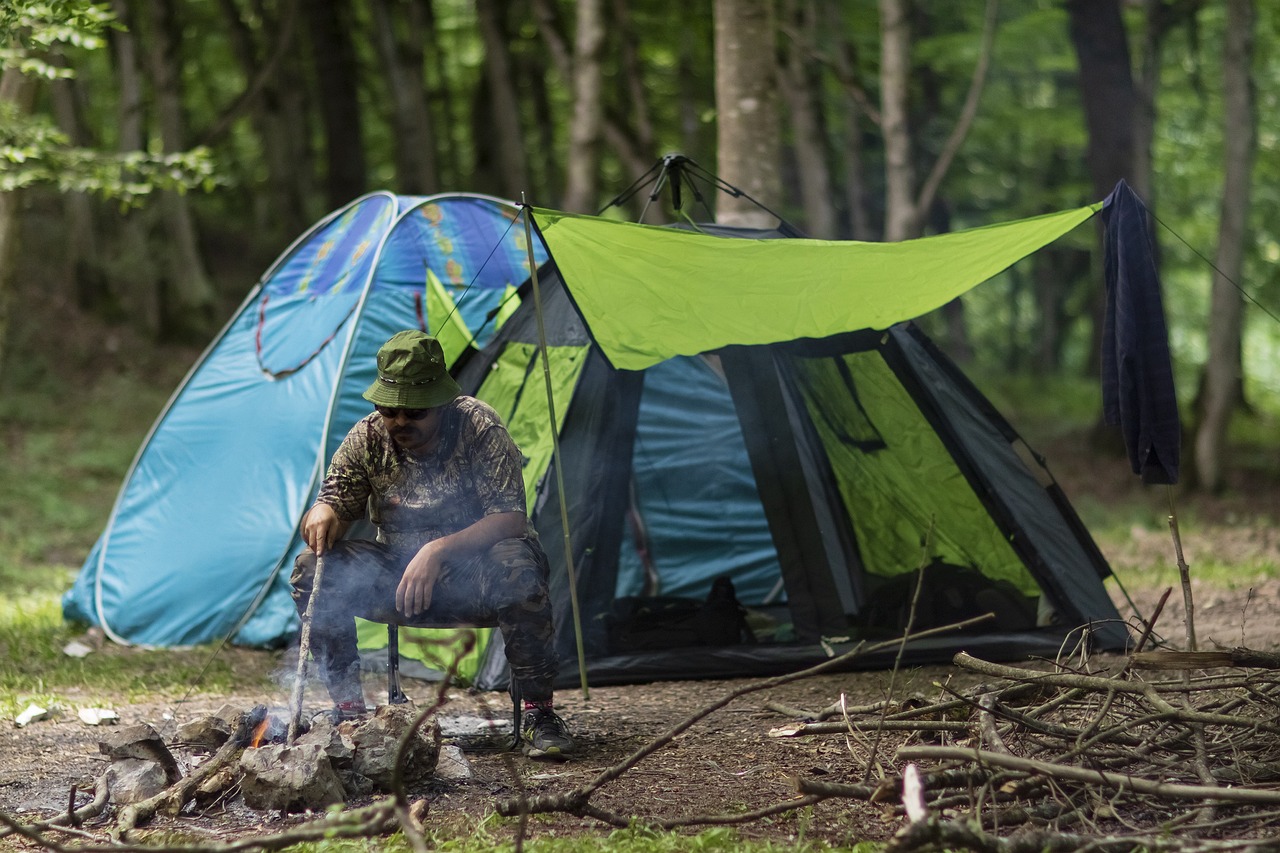
Cabin Tent Selection Made Easy: Your Essential Buying Guide
Cabin tents are popular for family camping due to their big interiors and easy setup. Unlike regular camping tents, cabin tents have vertical walls and high ceilings, making them simpler to move around and more comfortable. They are especially well-suited for long excursions where Comfort and room are important.
Key Features of a Cabin Tent
When looking for the ideal cabin tent, keep the following crucial features in mind:
- Height: Look for a peak height that allows most adults to stand up comfortably.
- Wall Design: Choose a tent with straight walls to maximize internal space.
- Windows and Doors: Ensure enough airflow through several windows and doors to keep dampness at bay.
- Setup Type: Decide whether you want a quick or conventional setup, as some cabin tents can be set up in minutes.
Assessing Tent Capacity for Family Needs
Capacity is one of the most important considerations when selecting a cabin tent. Tents typically have a recommended number of occupants; however, it’s important to examine your stuff’s actual dimensions and packability.
For families, a reasonable rule of thumb is to buy a tent that can accommodate at least two more people than you want to sleep in. This extra space might help create a more comfortable setting, especially if you’re packing sleeping bags and other equipment.
Weather Resistance: What to Look For?
When camping, the weather can be unexpected, so select a tent that can handle a variety of circumstances. Search for:
- Waterproof Ratings: Determine the tent’s hydrostatic head rating. A rating of more than 1500mm is regarded as good for rainfall.
- Polyester and nylon fabrics are commonly used for their great water resistance.
- Sturdy Poles: Ensure the frame’s poles are robust and durable enough to withstand wind.
Importance of Ventilation in Cabin Tents
Proper ventilation is essential for preserving airflow and preventing condensation within the tent. Look for the following essential features:
- Mesh Windows: Make sure there are plenty of windows lined with mesh.
- Ground Ventilation: Some tents have vents near the ground to improve air circulation.
- Adjustable Rain Flaps: These provide ventilation while keeping rain out.
Different types of setup: instant vs. traditional
There are two major ways to set up cabin tents:
- Instant Setup Tents: These tents are pre-attached to the poles and may be pitched in minutes.
- Traditional Setup Tents: These take a little more time and effort to set up, but they typically come with a broader selection of amenities and possibilities.
Your choice between these will be determined by your tent assembly Comfort level and the time you want to spend setting up camp.
Exploring Different Tent Styles: Cabin, Dome, and More.
While cabin tents are ideal for families, it’s important to understand the many tent styles to pick which is best for your trip:
- Dome Tents: Known for their aerodynamic shape, these tents are appropriate for various weather conditions but may have less inside room.
- Cabin tents offer plenty of headroom and living space, making them ideal for family camping trips.
- Backpacking tents are ideal for lightweight travel but have limited room.
Material Breakdown: Fabrics and Durability
The material for your cabin tent determines its durability and weather resistance. Common textiles include:
- Polyester is lightweight and UV-resistant, but canvas may need to be made more durable.
- Nylon is strong and tear-resistant, yet it can be hefty.
- Canvas has excellent durability and insulation, making it ideal for extended usage.
- Choose the clothes that best suit your camping style and the regular weather conditions.
Floor Plans: Selecting the Right Layout for Your Family
The layout of a cabin tent is significant, especially for bigger families or groups. Some frequent layouts are:
- Single Room: Ideal for tiny families; fewer dividers equals one common room.
- Multi-Room: Ideal for large groups, providing seclusion and organized space.
- Dividers: Some tents include detachable room dividers for increased versatility.
Choose a plan that best meets your family’s requirements and tastes.
Benefits of Cabin Tents over Other Options
Cabin tents have various benefits, including:
- Increased interior area for movement and storage.
- Higher ceilings provide greater Comfort.
- It is simpler to set up than some larger tents.
- Their livable spaciousness makes them ideal for family camping.
Must-Haves for Family Camping
When looking for the ideal cabin tent for family camping, a few must-have characteristics can dramatically improve your experience. Look for tents with plenty of capacity to comfortably accommodate your family, allowing everyone to sleep and move around.
Standing height, for example, can greatly affect adults’ ability to stand up without bending. Additional features, such as numerous rooms or separators, are ideal for families seeking privacy or needing separate sleeping places for youngsters.
A decent cabin tent should also have plenty of storage options, such as vestibules or pockets, to help keep goods organized. A durable rainfly, good weatherproofing, and strong zippers are also required to ensure your tent can resist the unexpected circumstances of camping areas.
Tips For Packing Your Cabin Tent
Pack your cabin tent neatly to ensure a smooth setup at your campground. Begin by putting out all of the tent’s components, including the body, rainfly, poles, stakes, and guylines. It is preferable to roll the tent rather than fold it because this avoids wrinkles that may weaken the cloth over time.
Remember to bring extra things, such as ground tarps, for added protection against wetness and punctures. Smaller accessories, such as lights and repair kits, should be stored in easily accessible bags so that they may be rapidly retrieved during setup or in an emergency.
Understanding your family’s needs and camping tastes, assuring comfort, and planning for a variety of experiences are all part of selecting the ideal cabin tent.